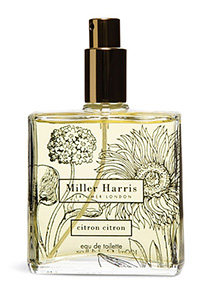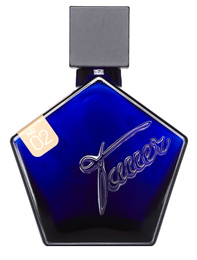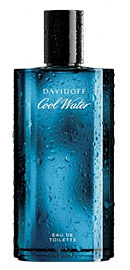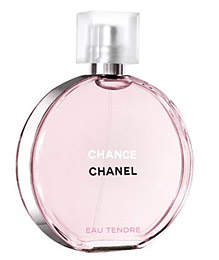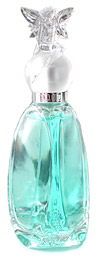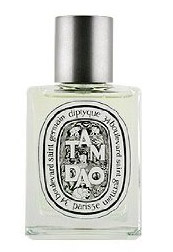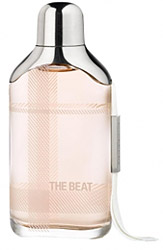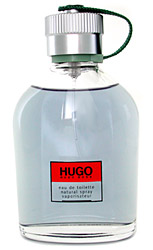The first time I tried Citron Citron was during a rainy trip to Vancouver in autumn 2011 with my friend–then a travel agent. We had managed to book a very nice room in a very nice hotel close to the two places I had to visit. It was one of the best “not really” vacations I ever had. In the hotel bathroom were one shampoo, one conditioner, two bars of soap, and one sample tube of Miller Harris’ Citron Citron.
In Bottle: Green, fresh very much a citrus scent with a hint of mossiness and woods layered in the background.
Applied: Lemon and lime instantly make themselves known rather loudly upon application. This is followed by a strong orange presence that helps blend with the green herbs and crisp scent. Citron Citron has a bit of sweetness to it, making the citrus notes a bit candy-like. I’m no fan of Dolce and Gabanna’s Light Blue–one of the more popular citrus-based scents due to its reliance on the strong cedar note. But Citron Citron is an easier beast to get along with. Its cedar is tamed, behaving and blending in well with the others. The fragrance dries down rather quickly and I get more of the mint note as it ages with a spicy kick near the end that adds a bit of depth to the green freshness of this fragrance. Citron Citron does not last long. Its very composition with its emphasis on citrus is a dead giveaway to its short wear life. I neither think it’s a particularly good or unique fragrance, but it is great at a citrus-based perfume and (I think) definitely much better than Light Blue.
Extra: Citron Citron was developed by Lyn Harris and released in 2000.
Design: I really like Miller Harris’ bottle design. Nice clean lines, nice clean shape. Very simple but elegantly done. The bottle escapes “painfully simple” by having that pretty line art that I’m a huge fan of.
Fragrance Family: Citrus Aromatic
Notes: Lemon, orange, lime, mint, basil, moss, cedarwood, cardamom.
Citron Citron isn’t a remarkable fragrance in any way. I vastly prefer it over Light Blue, but Light Blue has it beat in terms of wear length. Citron Citron is a good memory jogger and it was for the good memories that I got my hands on it again where I’d otherwise pass it over. It reminds me of Vancouver, highrises, the Pacific ocean and a couple of metropolitan rainy days in one of Canada’s most beautiful cities. Thanks for the good memories, Vancouver.
Reviewed in This Post: Citron Citron, 2011, Eau de Toilette.




